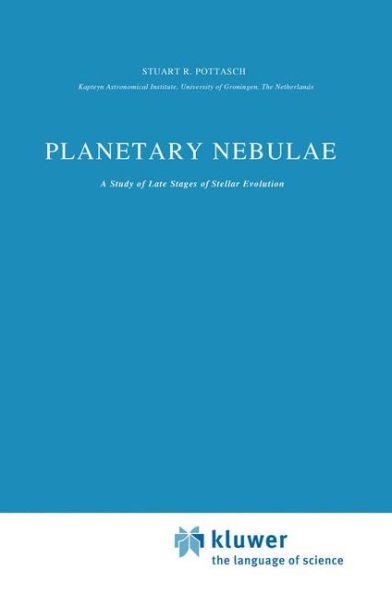5
1
9789027716729


Planetary Nebulae: A Study of Late Stages of Stellar Evolution / Edition 1 available in Hardcover

Planetary Nebulae: A Study of Late Stages of Stellar Evolution / Edition 1
- ISBN-10:
- 9027716722
- ISBN-13:
- 9789027716729
- Pub. Date:
- 11/30/1983
- Publisher:
- Springer Netherlands
- ISBN-10:
- 9027716722
- ISBN-13:
- 9789027716729
- Pub. Date:
- 11/30/1983
- Publisher:
- Springer Netherlands
169.99
In Stock

Product Details
| ISBN-13: | 9789027716729 |
|---|---|
| Publisher: | Springer Netherlands |
| Publication date: | 11/30/1983 |
| Series: | Astrophysics and Space Science Library , #107 |
| Edition description: | 1983 |
| Pages: | 326 |
| Product dimensions: | 6.69(w) x 9.61(h) x 0.36(d) |
From the B&N Reads Blog
